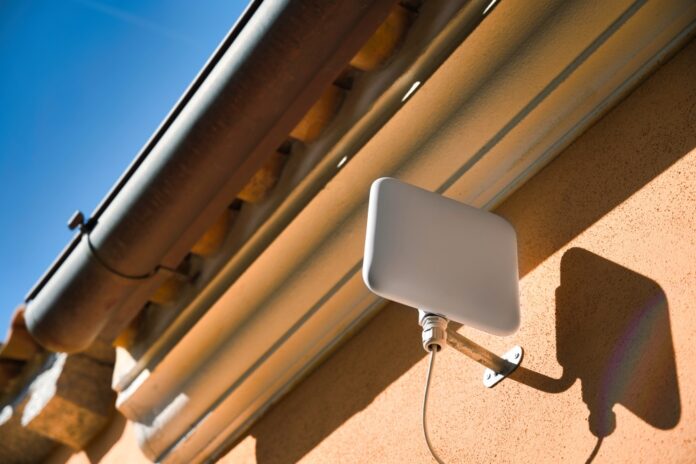According to Dell’Oro, spending on DOCSIS infrastructure and customer premises equipment is at its lowest since 2009
A report from Dell’Oro Group, found that global revenue for broadband access equipment increased to $4.7 billion in 2Q 2025, up 7% quarter on quarter, and 1% year on year. The research house said that despite the high level of macroeconomic uncertainty, fibre and fixed wireless providers remained focused on expanding subscriber numbers at the expense of cable operators.
FWA keeps rising, in more countries
Other highlights of the report are that spending on 5G Fixed Wireless CPE reached another record high this quarter, as operators in the US, India and a growing list of markets continue to expand their base of fixed wireless access (FWA) subscribers.
Correspondingly, spend on DOCSIS infrastructure declined 13% year on year due to falling sales of of Remote PHY Devices (RPDs) – that is, the devices that convert the downstream data transmitted from the core cable network from digital to analogue and transform upstream data from end users from analogue to digital. There is also a slowdown in new virtual cable modem termination system (vCMTS) licences.
Jeff Heynen, Vice President at Dell’Oro, wrote, “The Broadband Access and Home Networking market is changing dramatically as firms rapidly introduce new technologies to enable next-generation services.
“To take advantage of the opportunities in these markets, component manufacturers, equipment vendors, service providers, and financial institutions need to answer critical business questions,” which Dell’Oro’s research sets out to address.
Key questions
They include how quickly operators are deploying 10G technologies, including XGS-PON, as well as as 25G, 50G PON and 100G PON, and the rate of their combined adoption. In July, Dell’Oro predicted PON equipment revenue would grow from $10.7 billion in 2024 to $12.6 billion in 2029, driven largely by XGS-PON deployments in North America, EMEA and CALA, as well as fibre to the room (FTTR) and 50 Gbps deployments in China.
It expects fixed wireless CPE to peak in 2025 and 2026, dominated by shipments of 5G sub-6GHz and a growing number of 5G millimeter wave units.
Another key aspect of the access market is whether operators adopt Virtual OLT (vOLT) technologies and how fast cable operators deploy distributed access architectures and which technologies (Remote PHY, Remote MACPHY) are they using? Again, according to the research published in July, revenue for cable distributed access equipment (Virtual CCAP, Remote PHY Devices, Remote MACPHY Devices, and Remote OLTs) is expected to peak at $1.2 billion in 2028, as operators continue their DOCSIS 4.0 and early fibre deployments.
Heynen said other critical questions industry players should be asking about the market are how much fibre will cable operators deploy and how will they use Remote OLT (R-OLT) technologies? The speed of cable operators’ migration to DOCSIS 4.0 – and if will they deploy full duplex or extended spectrum – are other important factors.
Finally, Dell’Oro says how the FWA market develops and how it will affect deployments in the fixed wireline market are also key. How fast Wi-Fi 7 will be integrated into broadband CPE and consumers’ Wi-Fi routers are important questions, along with the reasons driving the technologies’ adoption.




